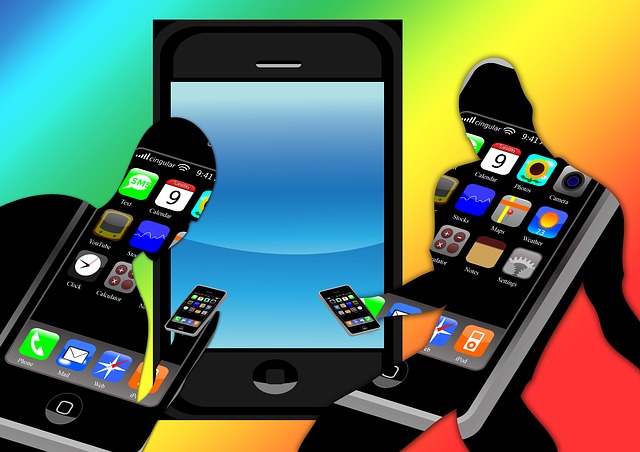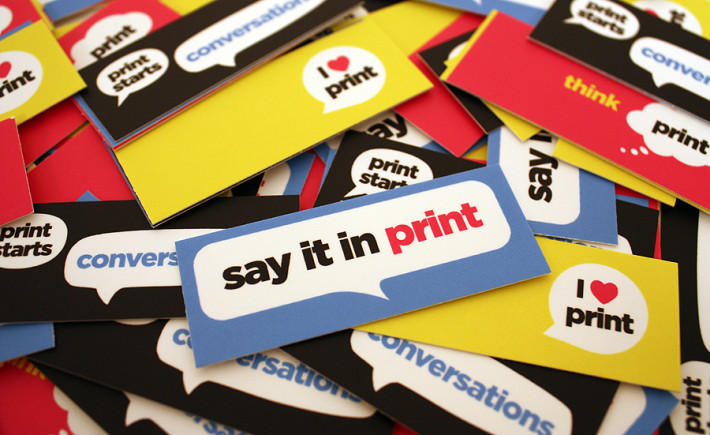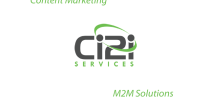I have been in the M2M space for over eight years. I have been a customer, worked with mobile carriers and hardware providers to deploy thousands of units. Also, the message from Wall Street over this period has been – M2M is the next big “thing” in technology. So why has M2M not seen this “mass adoption” as predicated by industry experts? Could it be the cost? Could it be the technology? Or could it be that its poorly marketed and sold? I would argue that it’s all-of-the-above.
To further support that position, it’s been so poorly marketed that they had to change the acronym from M2M to IoT or Internet of Things. Here’s the fundamental problem as I see it. You have a clear division between the hardware and network side of the business. Here’s a practical, real-world example; I’m a cell phone network (Verizon, AT&T, Sprint, T-Mobile) and I’m trying to sell more airtime for cellphones but my customer now has to go and source/buy a cell phone to use this airtime. I now have to go to a hardware provider and decide what I want. The hardware company has all of these cool looking gadgets and I now have to select the one that meets my needs. So I ask the customer sales agent; what’s the right phone for me? So begins the process of questions:
What do you want to do?
How do you want to use it?
What are you looking to accomplish?
What kind of hardware do you want to communicate with?
What kind of automation or alerts do you want to send?
Where do you want to send them?
And on, and on, and on.
Once you have that piece sorted, now you have to choose a device that will accommodate your requirement. You decide on the hardware and you pay your $800; not bad, you’re done correct? No way! Now it’s time to get nickeled and dimed with accessories.
Do you want a power cord? That will be $20.
Do you want an antenna? That will be $50
Do you want software? That will be $300
Do you want installation? That will be $500
Do you want support? That will be $50/month
Are we a little agitated yet? I know I am and I’m only writing this. To conclude on the hardware side, you had a piece of hardware that you thought was going to cost you $800 but with accessories and install your grad total is: $1,720. Throw in your monthly data plan of $40/month and you’re officially an M2M customer.
So, back to my analogy on cell phones. If the wireless carriers were to make the purchase of cell phones and airtime as complicated as M2M, would we all have one in our pockets today? I think not. I have worked with almost all of the hardware providers in North America as a customer or distributor. They all do what I described above which complicates, at best, the entire process of M2M. This is why we started the M2M division at Ci2i to address this fundamental flaw in this industry. Have one flat payment that includes the hardware and service – turnkey. We have just launched this new practice and we’re having great results with the market approach. Now, the proof is going to be in the sales…



